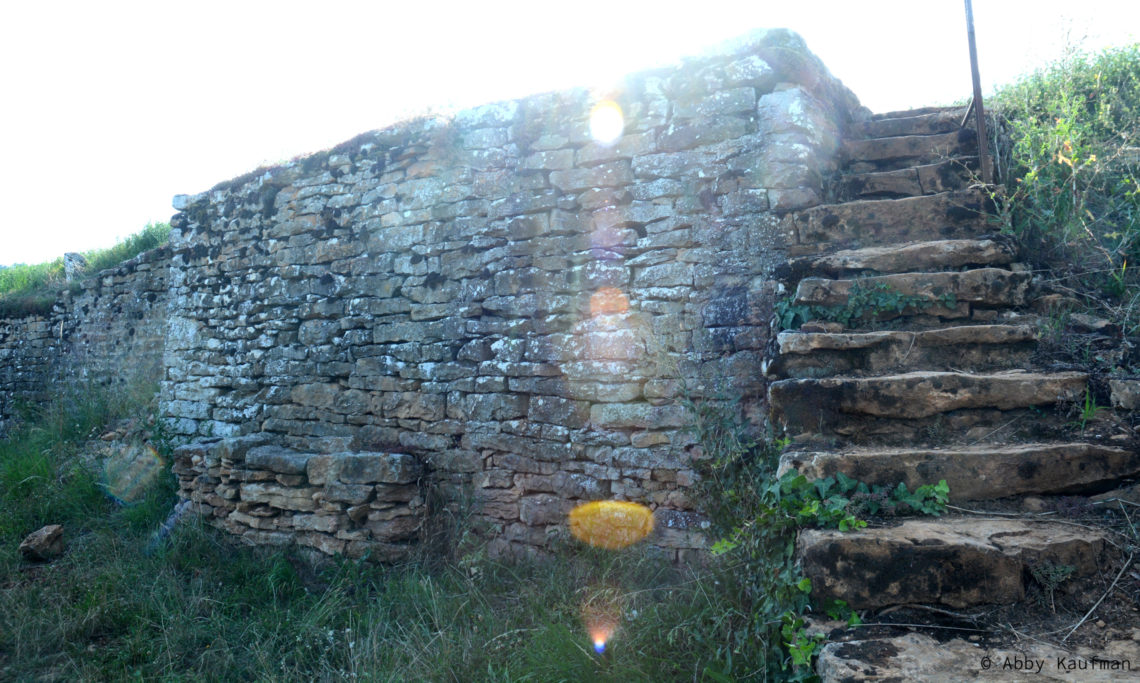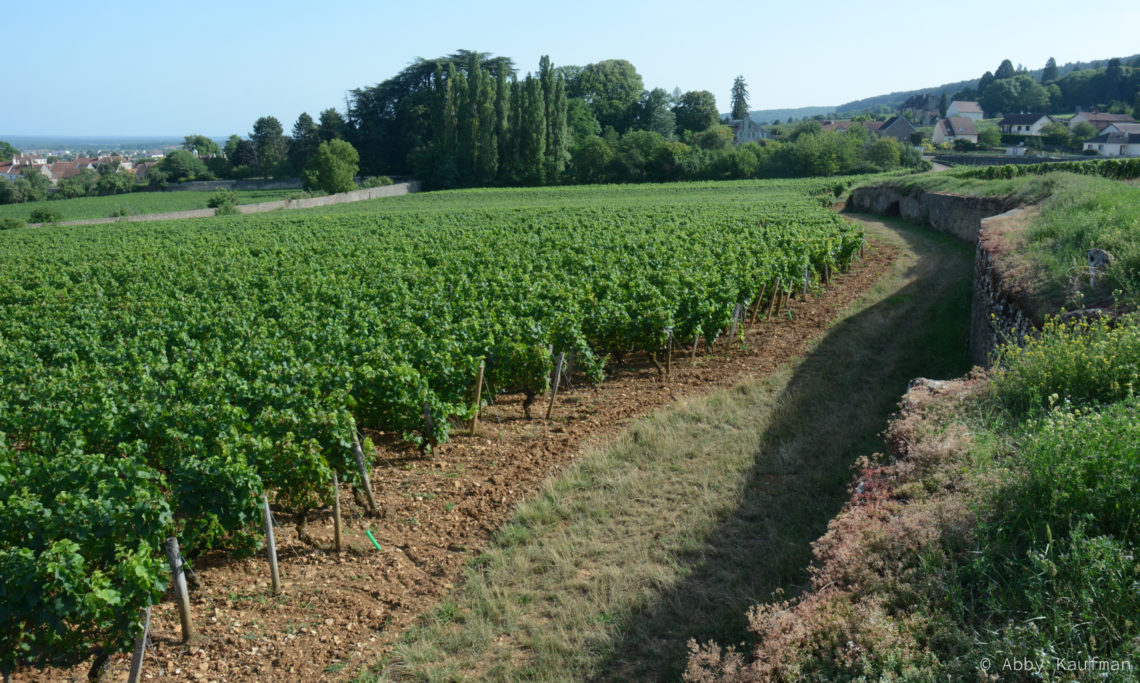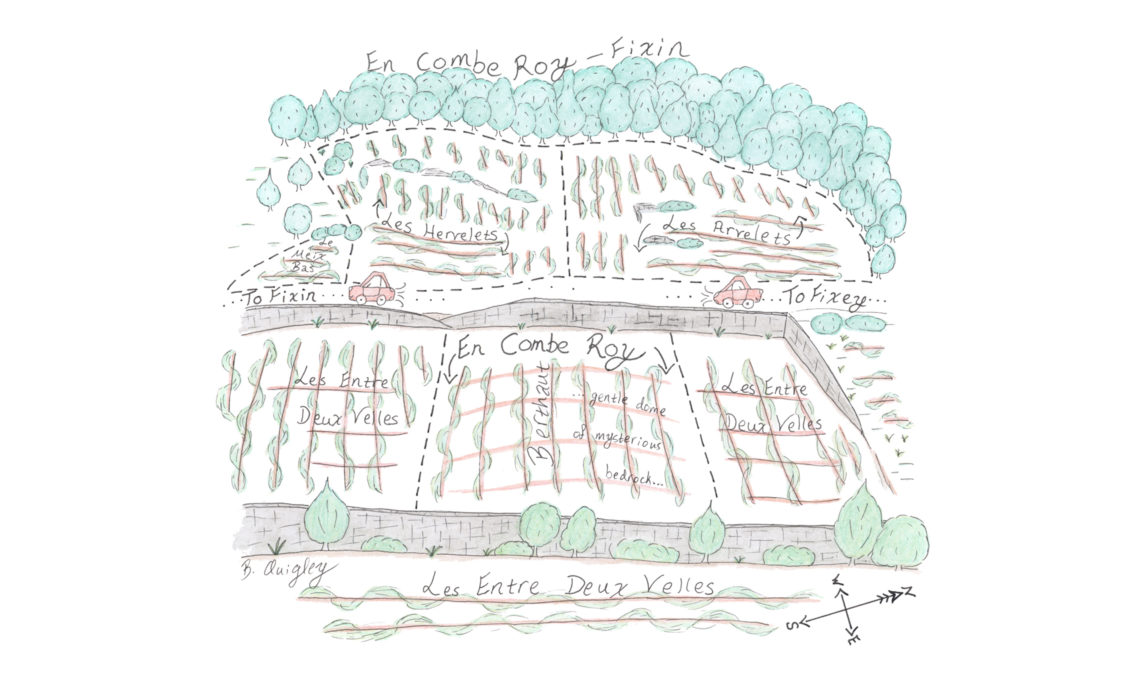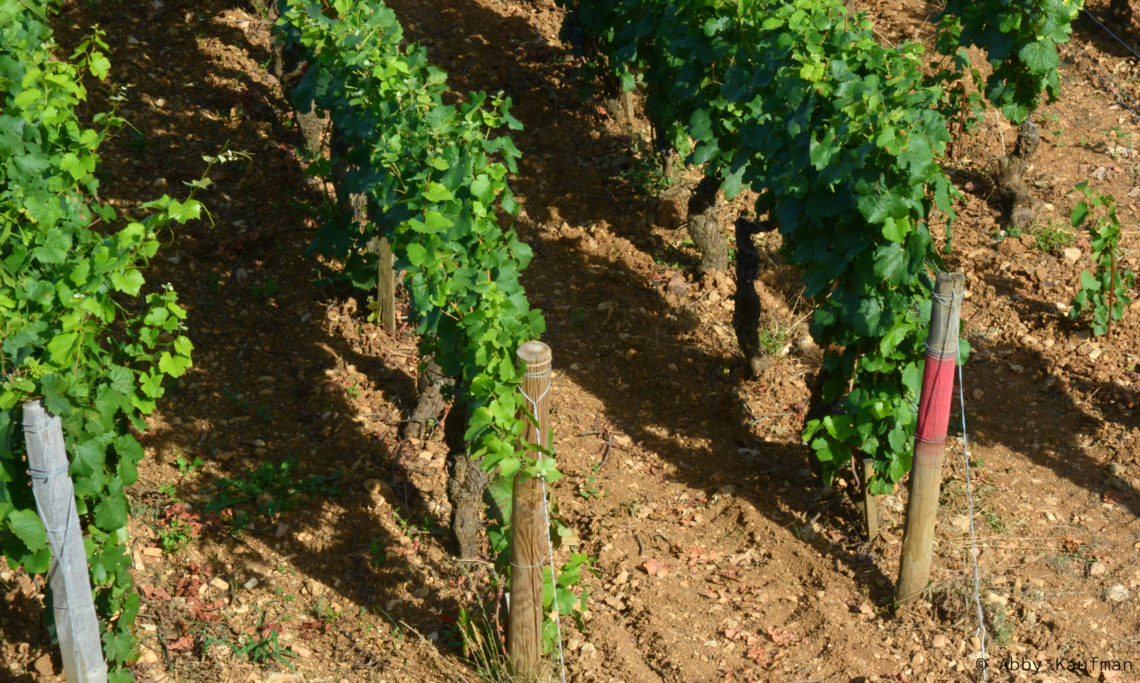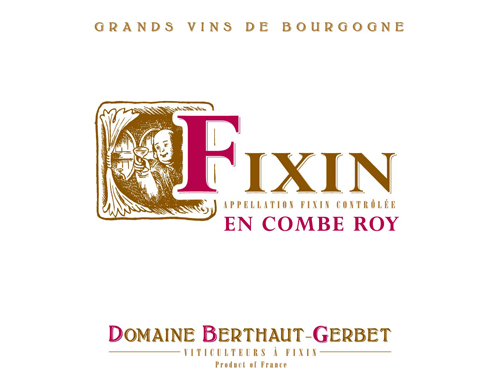Fixin En Combe Roy
At a Glance
- Size: 0.4 ha (0.9 ac)
- Variety: Pinot Noir
- Vine Age: Planted in 1961
- Terroir: Below 1er Cru Arvelets, limestone and marl soil.
- Viticulture: Sustainable
- Vinification: Partial (0-25%) whole cluster, cold macerated. Ambient yeast fermentation in concrete vat. 1-2 pump-overs per day with a few punch-downs at the end of fermentation. Malolactic fermentation and aging in barrels (30% new).
Additional Info
Amélie’s father used to blend En Combe Roy in his Fixin village, but because of its special situation and the Berthaut’s finest massal selections, she decided to vinify, age, and bottle it separately. In effect, she gave birth to it, calling it 'mon bébé', her baby. She is very attached to it. So are we.
Etymology: According to Marie-Hélène Landrieu-Lussigny, Combe Roy is a deformation of Comberat, an ancient derivative of combe that meant rocky valley. Books from the 19th century state that Roy was the name of an ancient owner of the vineyard.
Location (and an utterly geeky discrepancy): En Combe Roy’s total surface is 0.73 ha (1.8 acres.) Amélie owns 0.38 ha (0.94 acres) in the center of the vineyard with the domaine’s best massal selections, planted in the early 1960s.
En Combe Roy faces east-southeast. Its slope is gentle. It sits at 300 to 310-meters elevation, just downslope from where Les Arvelets and Les Hervelets meet. It’s not a smooth continuation of the slope, however. A road separates En Combe Roy from the premier crus, and, as is often the case, the road follows a fault line. This one is particularly obvious: there is a two to three-meter depression from the road to En Combe Roy.
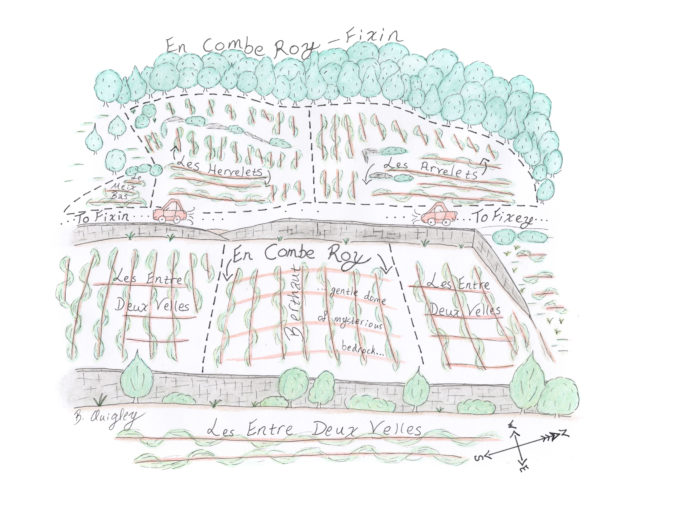
The vineyard’s other borders, interestingly, En Combe Roy is an enclave within the vineyard of Entre-Deux-Velles.
Entre-Deux-Velles is split mid-slope in approximate halves by a wall. The upper and lower parts have different geology and soils. En Combe Roy is in the center of the upper part and sits on a gentle dome. This physical aspect translates into a very obvious qualitative difference. We believe this is the reason that locals kept it as a separate lieu-dit.
Which ties into an interesting story.
In two documents, one from 1871 and one from 1920, En Combe Roy is ranked a second growth, whereas the rest of Entre-Deux-Velles is ranked a third growth. However, in other editions of the same documents, En Combe Roy is ranked a third growth, whereas only the part of Entre-Deux-Velles directly south of it is ranked a second growth.
We looked into this in detail. However, we’re not going to share everything we found, for two reasons. First, we would have to go into minutia on the cartography of the vineyards Burgundy so tedious it would only be of interest to historians, archivists and bibliophiles. Second, when trying to piece together the reasons for these discrepancies, we believe we stumbled on some monkey business. But because it is mere speculation and such a minor and utterly too geeky footnote in history, we will let sleeping dogs lie.
To summarize...
There is a second growth in this area, in today’s terms, a super lieu-dit, and given what we have tasted from Amélie, one that could be argued to be a premier cru. It is either En Combe Roy, or it is the bit of Entre-Deux-Velles directly south of En Combe Roy. Different editions of the same documents contradict each other.
Even though more of the documentation points to a small part of Entre-Deux-Velles as the rightful second growth, it makes no sense. Why then is En Combe Roy the named, delimitated enclave? Why does it sit on a dome, whereas the purported second growth bit of Entre-Deux-Velles lies in a hole, never the superior situation?
We will leave you with documentation that bolsters the argument that Amélie’s baby, En Combe Roy, is the chosen one: the 1920 and first edition of Camille Rodier’s Le Vin de Bourgogne, where he names En Combe Roy as the single second growth in Fixin (he has three more in Fixey).
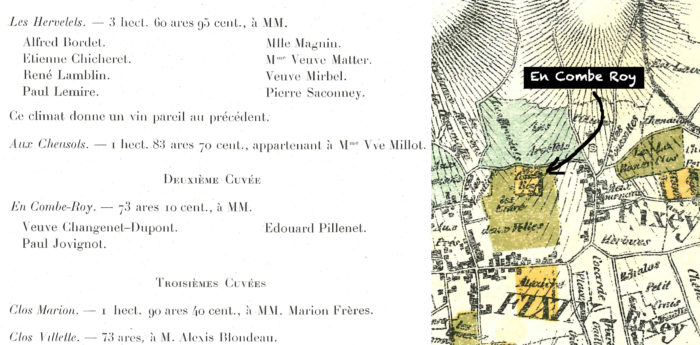
Soil: Because of its lower position on the slope, and because of the lower wall that collects soil and slopewash, the soil in En Combe Roy is much deeper (>1 m) than in Les Arvelets.
It is weakly calcareous soil, with a mixture of clay, silt, and sand. It is lighter and has a more textural, gritty feel to it than in Les Arvelets. It contains significantly more gravel-sized rocks, but larger cobbles are less common, and only make up approximately 10% of the soil surface. The larger soil grains (silt, sand, and gravel) help drainage in the top layers, yet the soil tends to retain water at depth.
Bedrock: When trenches were dug in Fixin for Françoise Vannier’s geologic studies, they were dug for Entre-Deux-Velles in the upper and lower parts of the vineyard, but not specifically in En Combe Roy. Because Amélie believes there could be a geologic explanation for her vineyard’s awesomeness, she plans to have a trench dug in En Combe Roy.
For now, we must go with the analysis of the trench dug in the upper part of Entre-Deux-Velles. The bedrock there is similar to what is found in the lower part of les Arvelets and les Hervelets: coarse-grained, sandy marl, with, in addition, several gravel banks.
Wines
-
White
-
Red
- Bourgogne Rouge Les Prielles
- Bourgogne Hautes Côtes de Nuits
- Côte de Nuits-Villages
- Fixin Rouge
- Fixin Les Clos
- Fixin Les Crais
- Fixin En Combe Roy
- Fixin 1er Cru Les Arvelets
- Gevrey-Chambertin
- Gevrey-Chambertin Clos des Chezeaux
- Gevrey-Chambertin 1er Cru Les Cazetiers
- Gevrey-Chambertin 1er Cru Lavaux St. Jacques
- Chambolle-Musigny 1er Cru Les Plantes
- Vosne-Romanée
- Vosne-Romanée 1er Cru Les Petits Monts
- Vosne-Romanée 1er Cru Les Suchots
- Clos Vougeot Grand Cru
- Echezeaux Grand Cru

